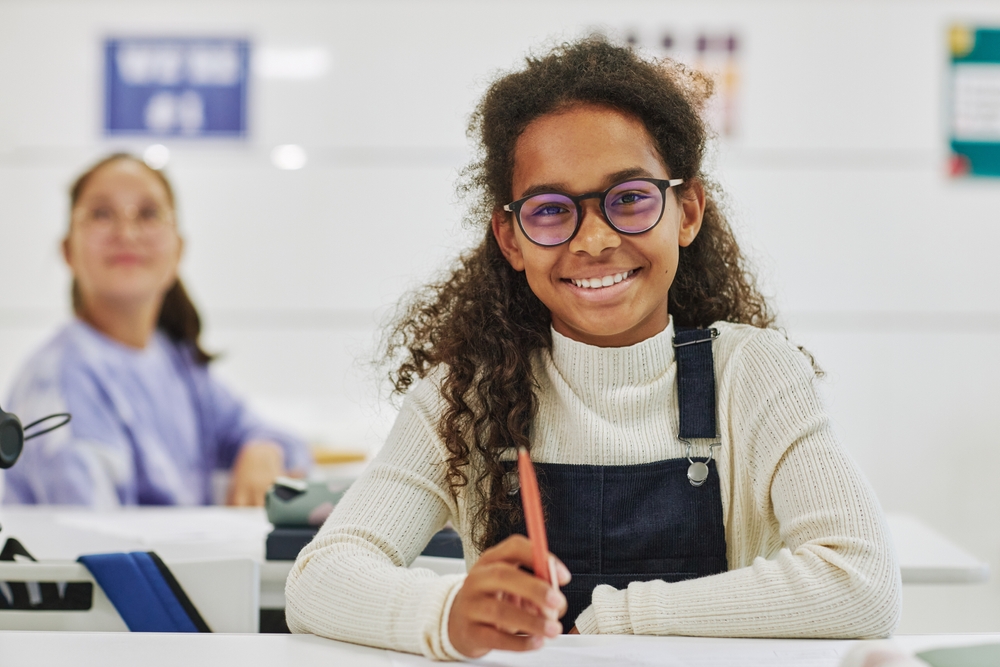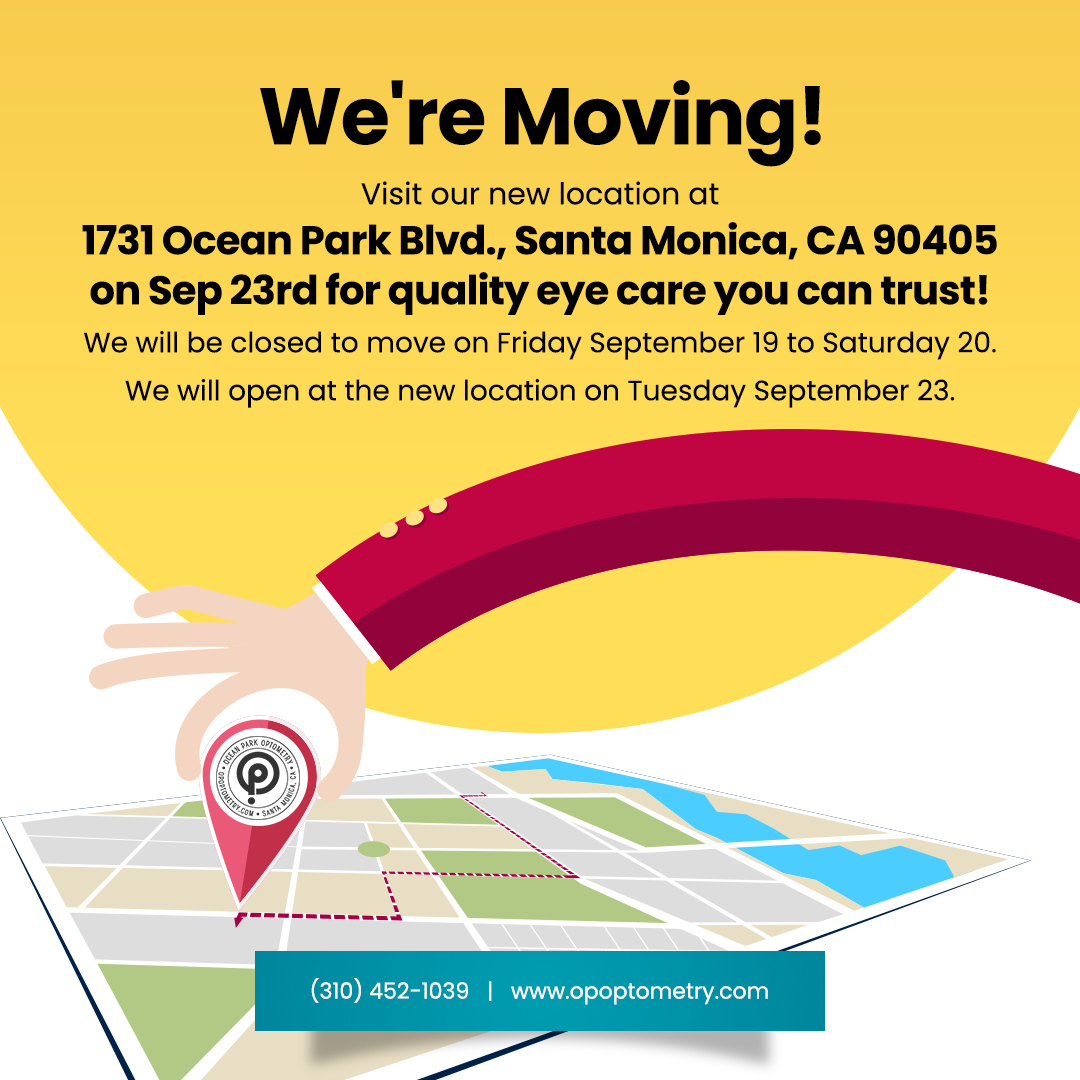
A child’s vision changes a lot in the first few years. It is important to support your little one’s healthy eye development. This helps avoid issues later. Here is what to expect at different ages and how to tell if your child sees clearly.
What Normal Vision Development Looks Like
At birth, babies can only see things up close. Their vision keeps maturing during the first six months. Soon, colors, depth perception, and eye teaming emerge. Tracking moving objects comes next.
By age three, vision works much like an adult’s. Still, fine-tuning depth and coordination happens up to age nine. Kids need good visual skills to learn, so healthy progress matters.
Signs of a Vision Problem in Young Kids
Many visual issues in kids have subtle symptoms at first. Catching problems early helps a child’s eyes develop well. Things to watch for include:
· Eyes crossing or wandering outward.
· Sitting very close to objects to see.
· Tilting the head to use just one eye.
· Red or watery eyes.
· Frequent eye rubbing or blinking.
· Lack of focus when looking at books or toys.
Also, you should be concerned if your child has delays in walking, grasping toys, or paying attention. These can indicate vision issues. Schedule an eye exam if you observe any such signs.
When Should a Child First See the Eye Doctor?
The American Optometric Association recommends an initial eye assessment between six months and one year. Early tests ensure kids see clearly as visual skills advance. They screen for latent problems like nearsightedness, astigmatism, and lazy eye.
Catching issues early makes them easier to correct, thus preventing lasting vision impairment. After the first visit, children should receive follow-up eye exams every year or two.
What to Expect at a Child’s Eye Exam
The eye doctor will test various vision abilities appropriate for the child’s age. They often use fun, interactive tools to evaluate sight, sharpness, depth, eye teaming, and focus. The doctor watches how pupils react to light too.
They may use eye drops to dilate the eyes and inspect their inner structures. If issues emerge, the next step is to determine any needed treatment.
Solutions Can Get Vision Back on Track
Several treatment options exist for kids with eye issues. Glasses correct refractive errors like nearsightedness. Patching, drops, or vision therapy treat lazy eyes. Monitoring ensures existing conditions do not worsen over time. Following the doctor’s treatment plan helps get a child’s vision development back to normal.
Why Healthy Childhood Vision Matters
Kids rely heavily on vision to grasp concepts and explore environments as they grow. Their eyesight fuels learning, movement, independence, and safety. Good vision even aids social and emotional skills. That is why ensuring children’s eyes develop well is vital for their overall growth. Detecting issues early and guiding vision development pays off now and later.
Safeguard Your Child’s Potential
Make your youngster’s eye care a priority. Monitor vision progress and follow the doctor’s advice on needed treatment. Doing so helps ensure your child sees the world accurately as they grow. Clear sight empowers them to discover, learn, and thrive to their fullest potential.
For more on pediatric eye care, visit Ocean Park Optometry at our office in Santa Monica, California. Call (310) 452-1039 to schedule an appointment today.













